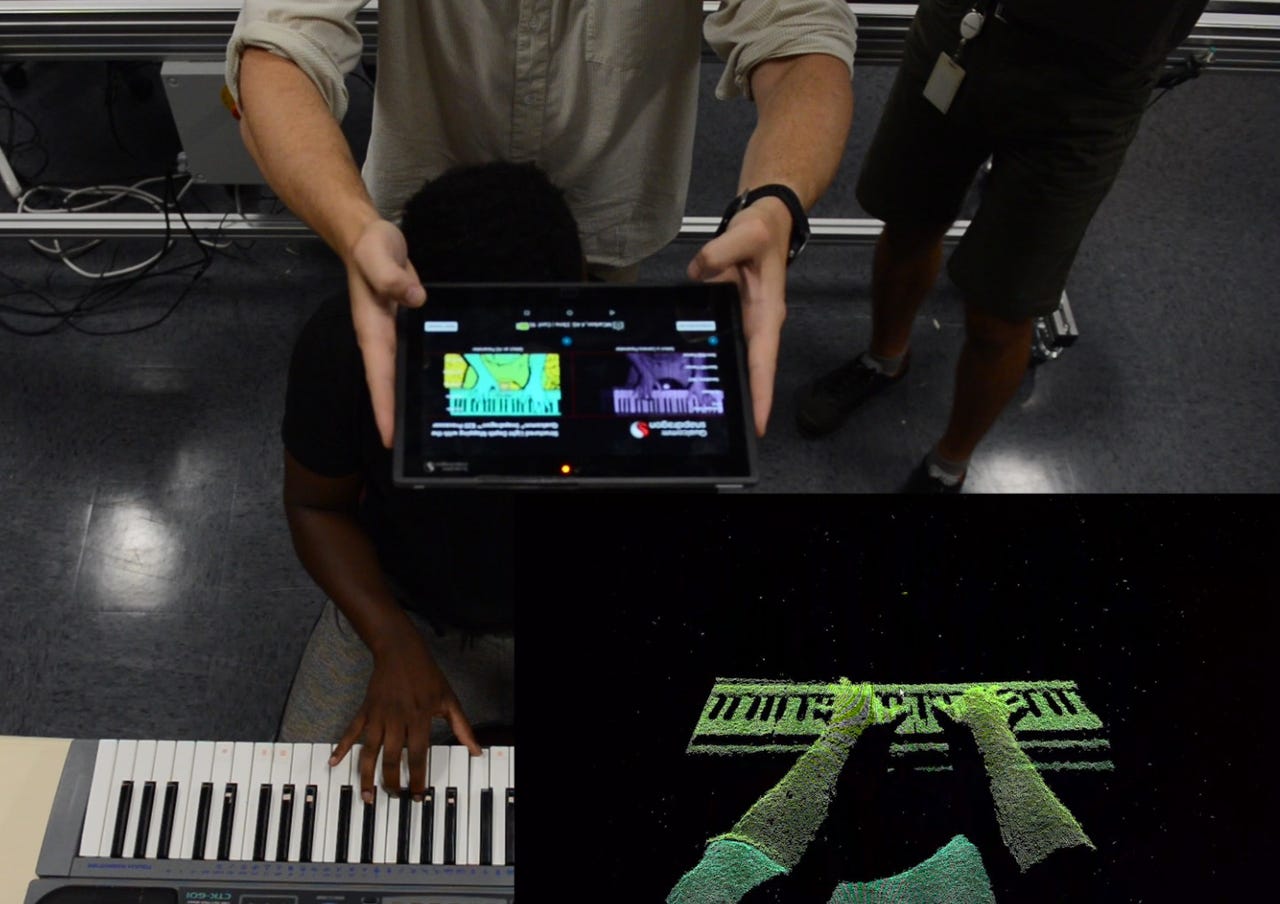Qualcomm enhances Spectra Module program for Android photography, AR


Qualcomm has unveiled an expansion to the Spectra Camera Module Program to give Android handsets across the spectrum access to improved camera image quality and computer vision applications, including mobile augmented reality (AR).
Featured
The US chip maker revealed on Tuesday that the Spectra program is now being boosted with a range of new camera modules for enhanced photography and virtual reality applications.
Launched last year, Spectra was originally designed to increase the product-to-market timeframes for vendors who wished to include camera technology in their Android devices capable of producing high-quality images -- without increased manufacturing time.
The platform offered dual-camera modules with a focus on improved low-light photography and video recording with zoom functions, however, the camera module program has now expanded to include active sensing for improved biometric authentication.
The new modules will also offer "structured light" components for computer vision applications which require real-time, dense depth map generation and segmentation, alongside photographic multi-frame noise reduction, hardware-accelerated motion compensated temporal filtering (MCTF), and inline electronic image stabilization (EIS).
In addition, the modules also support simultaneous localization and mapping (SLAM) algorithms, required in some virtual and augmented reality applications.
The Spectra modules, built on the firm's image signal processors (ISP) family technologies, consist of three systems -- an iris authentication module, a passive depth sensing module and an active depth sensing module designed for both mobile devices and head mounted displays (HMDs).
The Qualcomm Spectra family of ISPs and new Qualcomm Spectra camera modules are expected to be part of the next Snapdragon Mobile and virtual reality (VR) platforms.
"Whether used for computational photography, video recording, or for computer vision applications that require accurate motion tracking, it's clear that power efficient camera image signal processing has become more important for the next generation of mobile user experiences," said Tim Leland, vice president of product management of Qualcomm.
"Our breakthrough advancements in visual quality and computer vision, combined with our family of integrated Qualcomm Spectra ISPs for Snapdragon, are designed to support an ecosystem of cutting-edge mobile applications for our customers," Leland added.
See also: Qualcomm unveils Mesh Networking Platform to boost home IoT devices
In May, the US tech giant revealed the Snapdragon 660 and 630 mobile platforms. Containing technology originally only utilized by the premium 800 processor tier, the platforms include the Qualcomm Spectra camera ISP, Qualcomm Kryo CPU, and Hexagon Vector eXtensions (HVX), which can be used by vendors to boost the capabilities of mid-range mobile devices.
Read more:
- Our future mobile device screens might be made of silver
- Essential smartphone, tablet apps for busy professionals
- Save my smartphone: How to resurrect your wet iPhone and other handsets